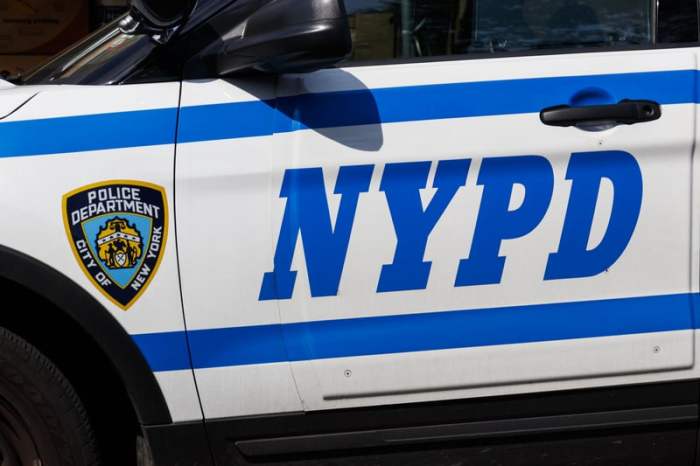By Rory Lancman
One of the most frequent requests I get from principals, parents and teachers is for more school crossing guards. People who care about children know that crossing guards are a vital part of our school safety system.
Being struck by a car is the leading cause of injury-related death for children younger than 14, according to the city’s Department of Health. Crossing guards can prevent many of these deaths. If a kid is about to dart into traffic, chasing after a ball, a crossing guard can stop them. A crossing guard notices when a driver isn’t slowing down at a light, or when a kid is going to try to run across the street without a walk signal. That’s why we have to fill these vacancies.
Unfortunately, it’s not that easy. Right now there are over 300 vacancies for crossing guard positions, mainly because the work is dangerous, the pay is low, the hours are insufficient and the benefits are lacking.
We can make the job less dangerous through better training, better streetscape design and better coordination with local police precincts and schools, although we can’t eliminate the risk of harm entirely — crossing guards wouldn’t be effective if they weren’t standing in harm’s way to keep our kids safe.
The city acknowledged the problem of recruiting and retaining crossing guards when it agreed to raise the starting wage from $9.88 an hour to $11.50 an hour a few weeks ago. This raise was important, but it’s just the beginning. Think about it: $11.50 an hour is far from a living wage.
But today the biggest impact we can have on making this job more desirable for hardworking New Yorkers is to dramatically improve crossing guards’ hours and benefits.
Right now, crossing guards can only work 25 hours per week, cobbled together from 2 1/2 hour shifts in the morning and again in the afternoon. They also lose their health insurance for two months every summer. That’s no way to treat the people who are the first line of defense between speeding cars and our kids. We need to provide crossing guards with full-time work, which makes sense for our kids, too. Many kids stay after school, taking advantage of programs like athletics and tutoring. When they leave, it’s without the protection of crossing guards, although dusk is one of the most dangerous times of day for drivers and pedestrians. We need to recognize this and give crossing guards full-time employment.
To truly commit to reducing pedestrian deaths and keeping our kids safe, we need to increase hours and benefits for our crossing guards. It’s an investment in our kids’ safety and security that we can’t afford not to make.
Rory Lancman
City Councilman
Fresh Meadows


































